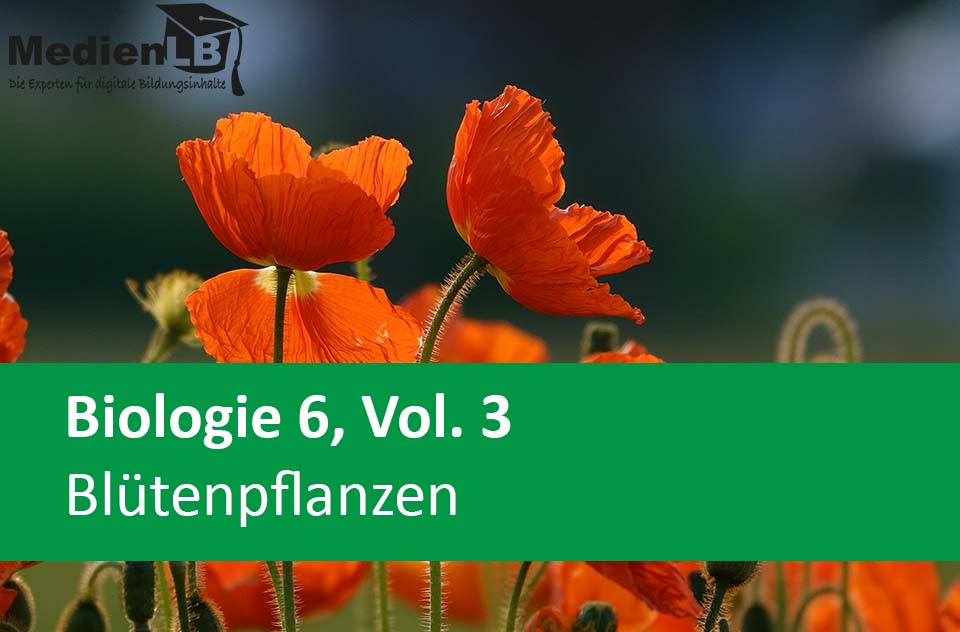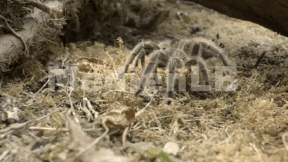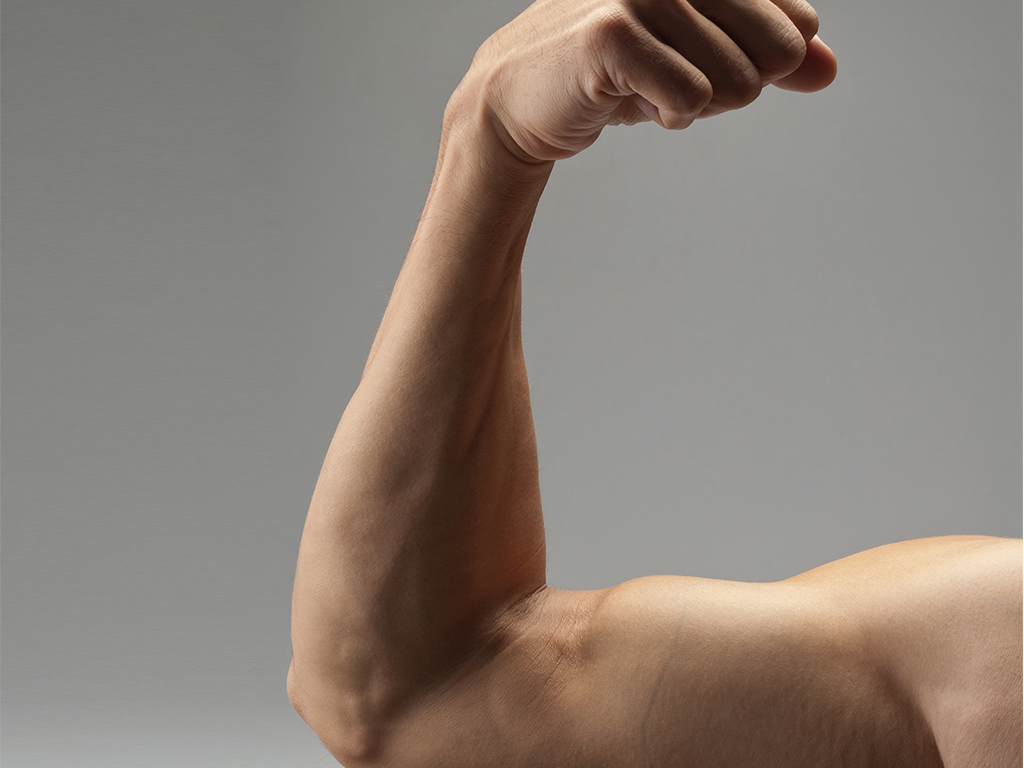
55501576
Blütenpflanzen
In unserem Arbeitsheft Biologie 6, Vol. 3 – Blütenpflanzen finden Sie 50 interaktive und didaktisch aufbereitete Aufgaben.
Das Medium bietet H5P-Aufgaben an, die ohne zusätzliche Software verwendbar sind. Das Medium enthält interaktive Videos und 25 H5P-Aufgaben zum Thema Blütenpflanzen. Durch interaktive Aufgabentypen wird das audiovisuelle und interaktive Lernen einfach. Lernen macht jetzt Spaß!
Included Tasks
- 1. Aufbau einer Blüte - Video mit Aufgaben
- 2. Blütentypen - Video mit Aufgaben
- 3. Der Grundbauplan von Blütenpflanzen
- 4. Viele Blüten - ein Blütenstand
- 5. Blütenpflanzen - Einführung
- 6. Die Korbblütengewächse
- 7. Gänseblümchen - (Bellis perennis) - Artenporträt
- 8. Gewöhnliche Kratzdistel - (Cirsium vulgare) - Artenporträt
- 9. Gewöhnlicher Löwenzahn - (Taraxacum sect. Ruderalia) - Artenporträt
- 10. Kornblume - (Cyanus segetum) - Artenporträt
- 11. Schafgarbe - (Achillea millefolium) - Artenporträt
- 12. Sonnenblume - (Helianthus annuus) - Artenporträt
- 13. Weidenblättriges Ochsenauge - (Buphthalmum salicifolium)
- 14. Die Rosengewächse
- 15. Kartoffel-Rose - (Rosa rugosa) - Artenporträt
- 16. Die Lippenblütengewächse
- 17. Spitzwegerich - (Plantago lanceolata) - Artenporträt
- 18. Gefleckte Taubnessel - (Lamium maculatum) - Artenporträt
- 19. Die Kreuzblütengewächse
- 20. Acker-Senf - (Sinapis arvensis) - Artenporträt
- 21. Goldlack - (Erysimum cheiri) - Artenporträt
- 22. Wiesen-Schaumkraut - (Cardamine pratensis) - Artenporträt
- 23. Die Doldenblütler
- 24. Liebstöckel - (Levisticum officinale) - Artenporträt
- 25. Wilde Möhre - (Daucus carota) - Artenporträt
- 26. Die Schmetterlingsblütler
- 27. Die Gartenbohne - (Phaseolus vulgaris) - Artenporträt
- 28. Weißklee - (Trifolium repens) - Artenporträt
- 29. Die Hahnenfußgewächse
- 30. Busch-Windröschen - (Anemone nemorosa) - Artenporträt
- 31. Klatschmohn - (Papaver rhoeas) - Artenporträt
- 32. Scharbockskraut - (Ficaria verna) - Artenporträt
- 33. Winterling - (Eranthis hyemalis) - Artenporträt
- 34. Ordne zu! - Blütentypen und Blütenformen
- 35. Ordne zu! - Formenvielfalt der Blüten
- 36. Bartnelke - (Dianthus barbatus) - Artenporträt
- 37. Dolden-Milchstern - (Ornithogalum umbellatum) - Artenporträt
- 38. Geflecktes Lungenkraut - (Pulmonaria officinalis) - Artenporträt
- 39. Große Sternmiere - (Stellaria holostea) - Artenporträt
- 40. Schneeglöckchen - (Galanthus nivalis) - Artenporträt
- 41. Wald-Goldstern - (Gagea lutea) - Artenporträt
- 42. Finde die 10 Teile einer Blüte - Wortgitter
- 43. Finde die 8 Blütenstände - Wortgitter
- 44. Ordne die Bilder der richtigen Blütenpflanze zu! (1)
- 45. Ordne die Bilder der richtigen Blütenpflanze zu! (2)
- 46. Ordne die Bilder der richtigen Blütenpflanze zu! (3)
- 47. Ordne die Pflanzen den Blütentypen zu (1)
- 48. Ordne die Pflanzen den Blütentypen zu (2)
- 49. Ordne die Pflanzen den Blütentypen zu (3)
- 50. Ordne die Pflanzen den Blütentypen zu (4)
Curriculum-centred and oriented towards educational standards
Matching
Invertebrates
The term “invertebrates” was coined by the French zoologist and botanist Jean-Baptiste de Lamarck in the early 19th century. He was the first to address the classification of the then so-called “lower animals” and divided them into different categories and classes.
Muscles
When we talk about muscles, we mostly think of those we can see. These are the arm, chest, abdominal and leg muscles.









